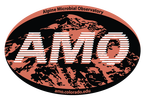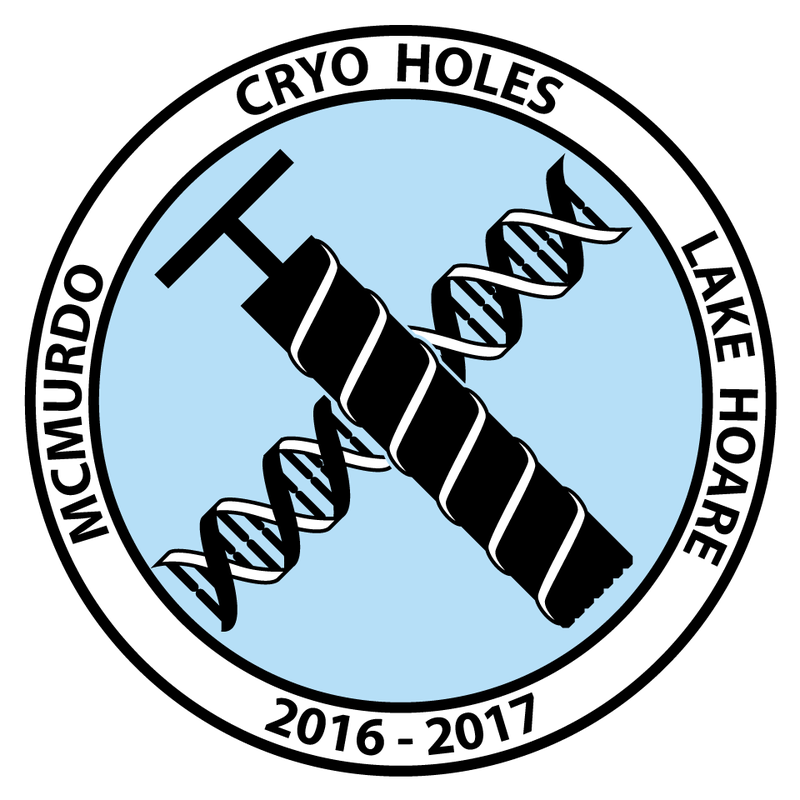Cryoconite Holes
|
Microbial Community Assembly in Cryoconite Holes, Dry Valleys, Antarctica
Cryoconite holes are pockets of microbial life encased in otherwise barren glacial ice. These pockets of life are made up of interacting microorganisms that carry out all the functions of a larger ecosystem, and as such provide unique opportunities to study how communities of organisms form and function - especially in extreme environments. Because cryoconite holes are mostly isolated from each other and from their surroundings, their community assembly is likely driven by stochastic processes. These include limited dispersal, variable assembly order, and ecological drift. In this project, we are using a field sampling campaign and a number of manipulative experiments to test a novel hypothesis that unites theory in community and ecosystem ecology: the degree to which stochastic processes guide microbial community assembly affects regional patterns in biodiversity and ecosystem processes. We are sampling hydrologically connected vs. isolated cryoconite holes to examine community composition, environmental factors, and ecosystem processes. We are also constructing new cryoconite holes to experimentally alter microbial assembly order and community size, thereby pairing a unique manipulative experiment with field surveys to address questions with relevance within and beyond the Antarctic. We’ll use biogeochemical and DNA sequencing approaches to test a series of sub-hypotheses that relate stochasticity to patterns in regional biodiversity, heterogeneity in environmental factors, and ecosystem processes. This project is commencing in austral summer of 2016/2017 and is funded by a grant from the NSF (PLR-1443578, "Collaborative Research: Stochasticity and Cyroconite Community Assembly and Function"). The project is a collaboration between the Schmidt lab and the Fountain Lab at Portland State University http://glaciers.pdx.edu/fountain/. The original proposal was largely written by Diana Nemergut before her untimely death in December, 2015. More information about this new project can be found here: cryoholes.wordpress.com Relevant Publications: Sommers, P. et al. 2018. Diversity patterns of microbial eukaryotes mirror those of bacteria in Antarctic cryoconite holes. FEMS Microbiol. Ecol. 94: https://doi.org/10.1093/femsec/fix167 [Reprint] Darcy, J.L. et al.. 2017. Spatial autocorrelation of microbial communities atop a debris-covered glacier is evidence of a supraglacial chronosequence. FEMS Microbiol. Ecol. 93: 10.1093/femsec/fix095 [Reprint] |


